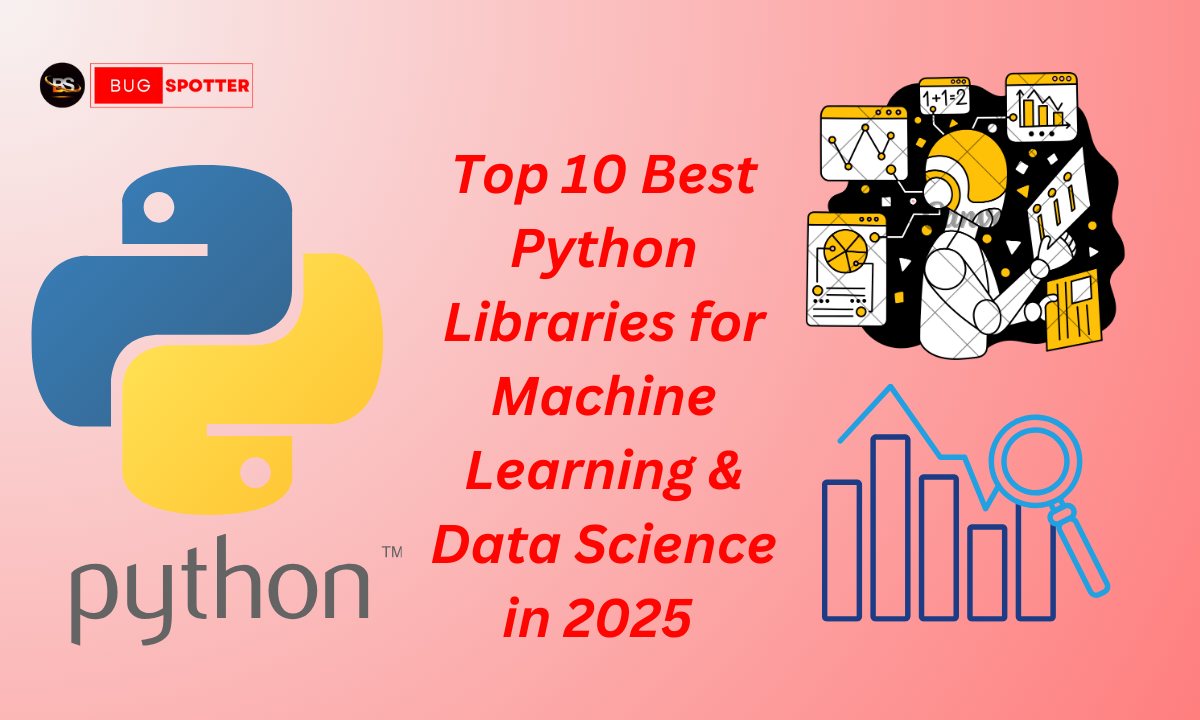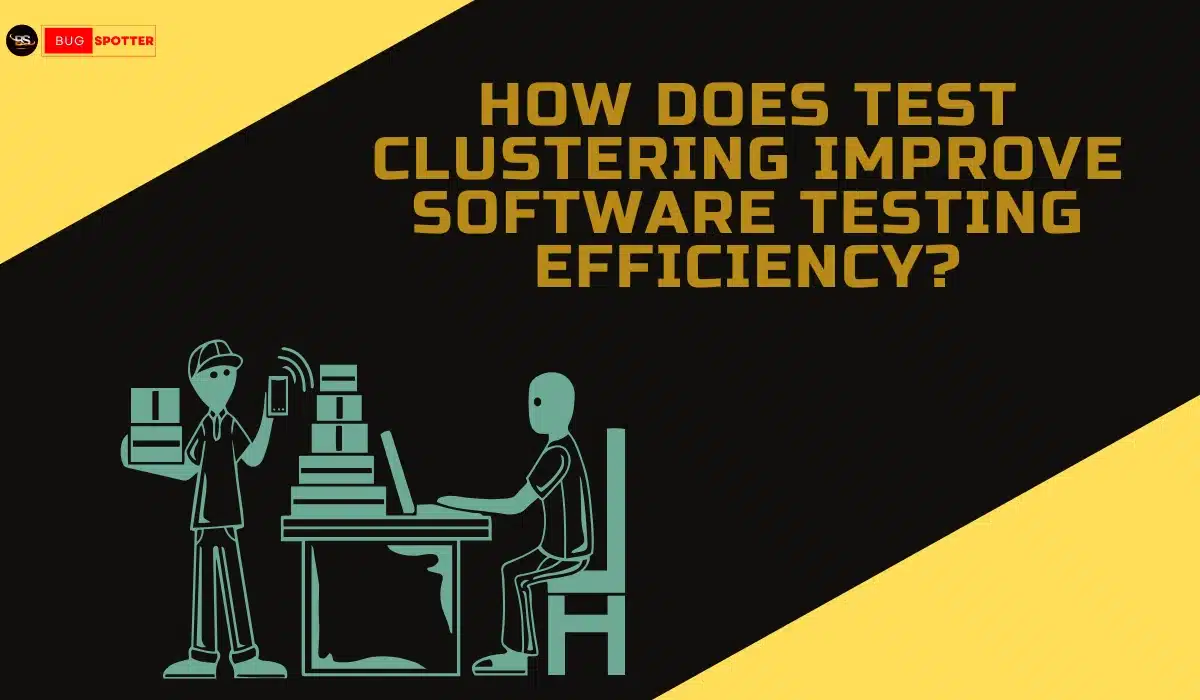What is Naive Bayes Classifier ?
Naive Bayes Classifier
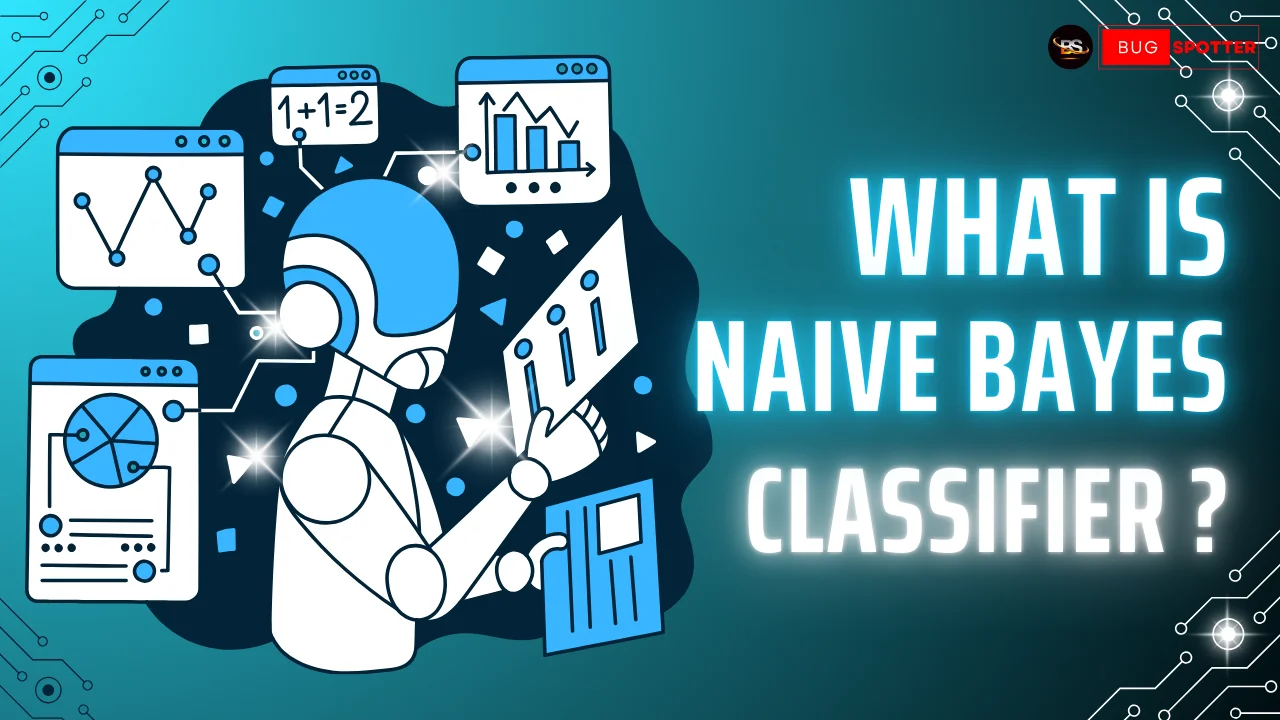
Naive Bayes Classifier is a simple yet powerful algorithm based on Bayes’ Theorem. It is widely used for classification tasks like spam detection, sentiment analysis, and medical diagnosis due to its efficiency and simplicity.
Understanding Bayes’ Theorem
At the core of Naive Bayes lies Bayes’ Theorem, which describes the probability of an event based on prior knowledge:
P(A∣B) = P(B∣A)×P(A) / P(B)
Where:
- P(A∣B) → Probability of event A given that B has occurred (Posterior Probability)
- P(B∣A) → Probability of B given that A has occurred (Likelihood)
- P(A) → Prior probability of A
- P(B) → Prior probability of B
Why is it called "Naive"?
The “naïve” in Naïve Bayes comes from its assumption that features are independent. This means that one feature does not affect the presence of another. In real-world scenarios, this assumption may not always hold, but the algorithm still performs surprisingly well.
Types of Naïve Bayes Classifiers
| Type | Description | Application Example |
| Gaussian Naïve Bayes | Assumes continuous data follows a Gaussian (Normal) distribution | Weather prediction, medical diagnosis |
| Multinomial Naïve Bayes | Used for text classification with word counts | Spam detection, sentiment analysis |
| Bernoulli Naïve Bayes | Works with binary feature values (0 or 1) | Document classification, fraud detection |

Advantages and Disadvantages
✅ Advantages
✔ Fast and efficient
✔ Works well with small datasets
✔ Handles categorical and continuous data
✔ Performs well in text classification problems
❌ Disadvantages
✘ Assumes independence of features (which may not be true)
✘ Zero probability issue (solved using Laplace Smoothing)
✘ Can be outperformed by more complex models
Applications of Naïve Bayes
- Email Filtering: Spam detection (Gmail, Outlook)
- Sentiment Analysis: Social media sentiment classification
- Medical Diagnosis: Predicting diseases based on symptoms
- Fraud Detection: Detecting fake reviews, transactions
- Document Classification: Categorizing news articles, books
Comparison with Other Algorithms
| Algorithm | Speed | Accuracy | Complexity |
| Naïve Bayes | High | Moderate | Low |
| Decision Tree | Moderate | High | Moderate |
| SVM | Low | High | High |
| Neural Networks | Low | Very High | Very High |
Visual Representation
Workflow of Naïve Bayes Classification
🔹 Collect Data → 🔹 Calculate Prior & Conditional Probabilities → 🔹 Apply Bayes’ Theorem → 🔹 Classify Data
Common Questions (FAQs)
1: Can Naïve Bayes be used for numerical data?
Yes, Gaussian Naïve Bayes is used for numerical data, assuming a normal distribution.
2: How do we handle zero probabilities?
We use Laplace Smoothing by adding a small value to all probability calculations.
3: Is Naïve Bayes good for large datasets?
It works well but may not outperform deep learning models on very large datasets.
The Naïve Bayes Classifier is a powerful and efficient classification algorithm, particularly useful in text classification and spam filtering. Despite its simplistic assumptions, it performs well in many real-world applications. However, it may not be the best choice when features are strongly correlated.
Latest Posts
- All Posts
- Software Testing
- Uncategorized
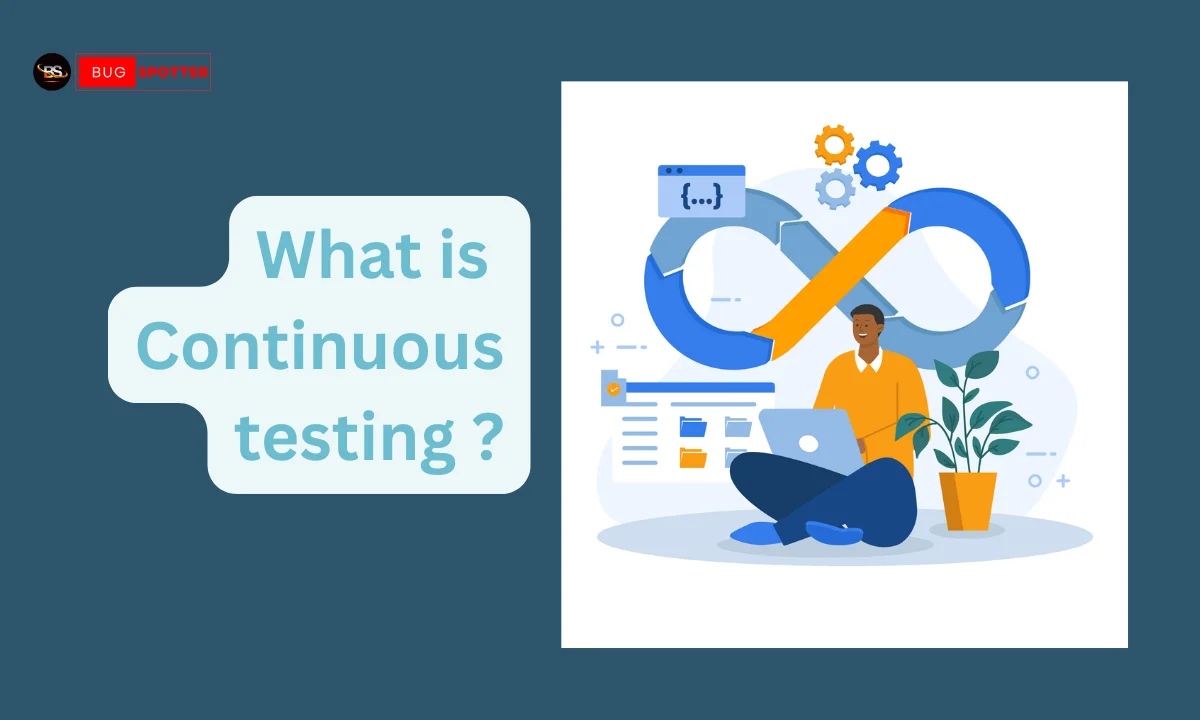


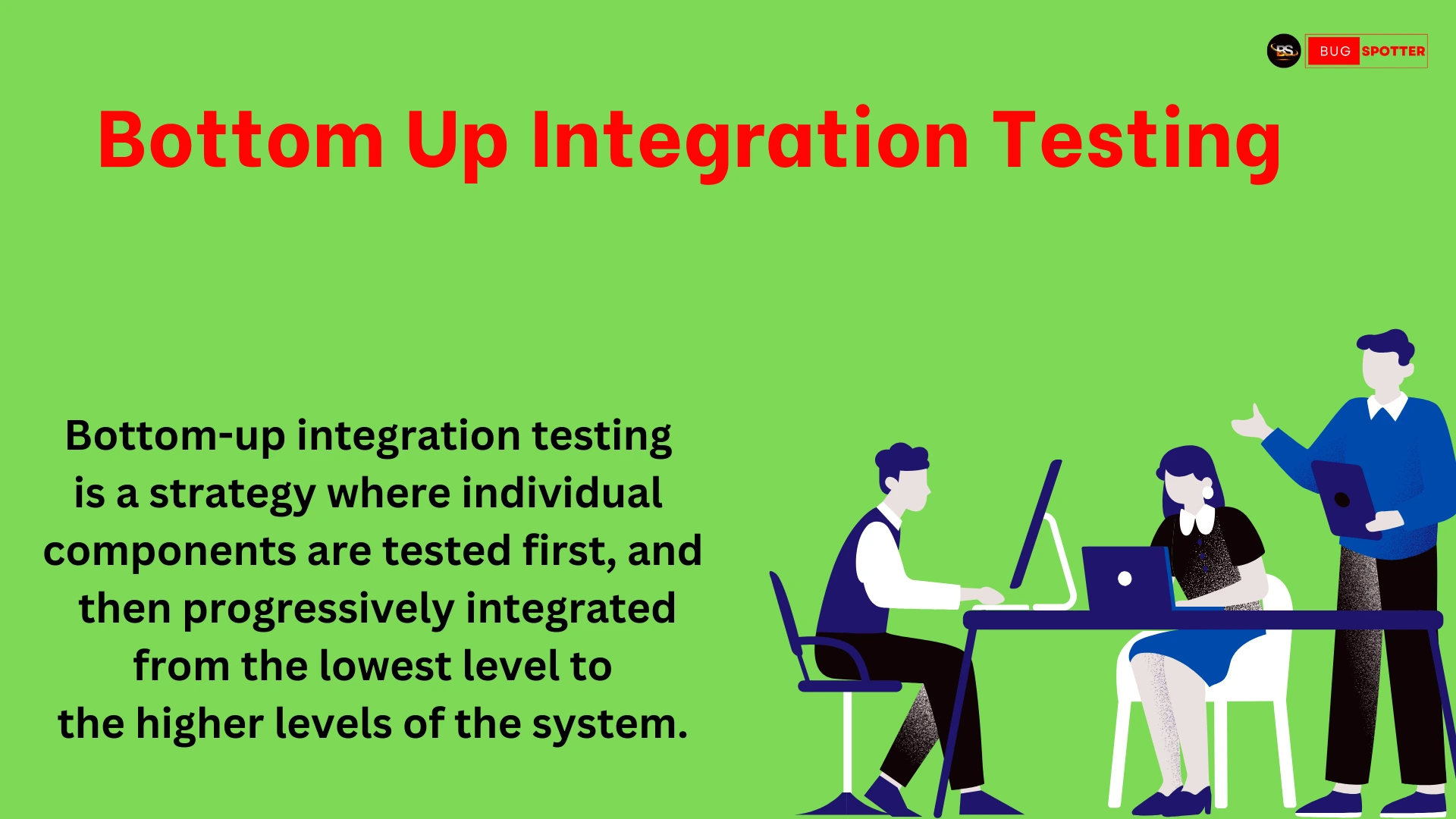

Categories
- Artificial Intelligence (5)
- Best IT Training Institute Pune (9)
- Cloud (2)
- Data Analyst (55)
- Data Analyst Pro (15)
- data engineer (18)
- Data Science (104)
- Data Science Pro (20)
- Data Science Questions (6)
- Digital Marketing (4)
- Full Stack Development (7)
- Hiring News (41)
- HR (3)
- Jobs (3)
- News (1)
- Placements (2)
- SAM (4)
- Software Testing (70)
- Software Testing Pro (8)
- Uncategorized (33)
- Update (33)
Tags
- Artificial Intelligence (5)
- Best IT Training Institute Pune (9)
- Cloud (2)
- Data Analyst (55)
- Data Analyst Pro (15)
- data engineer (18)
- Data Science (104)
- Data Science Pro (20)
- Data Science Questions (6)
- Digital Marketing (4)
- Full Stack Development (7)
- Hiring News (41)
- HR (3)
- Jobs (3)
- News (1)
- Placements (2)
- SAM (4)
- Software Testing (70)
- Software Testing Pro (8)
- Uncategorized (33)
- Update (33)




